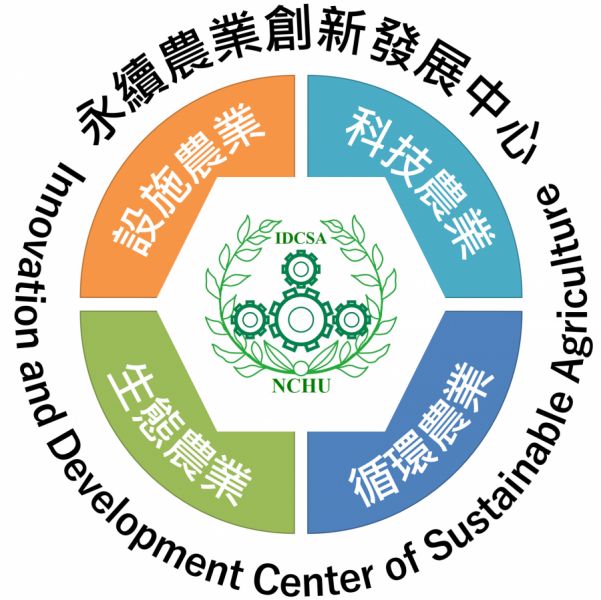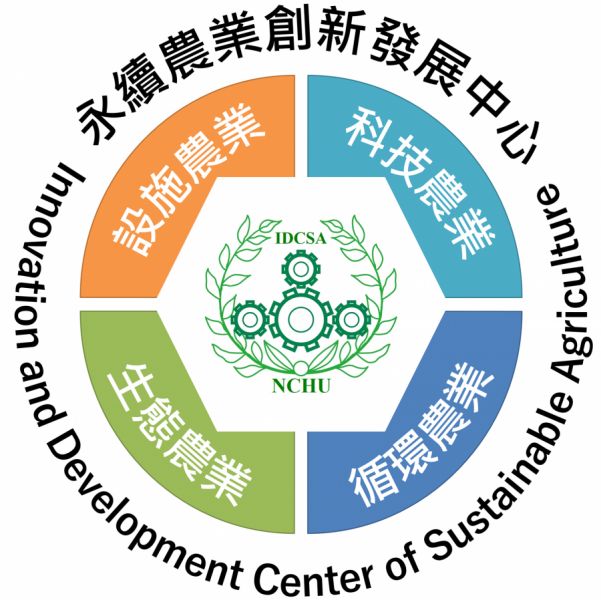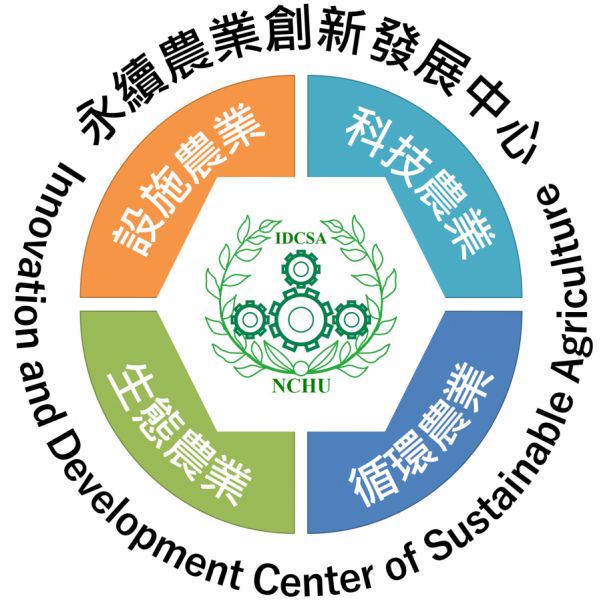Traditional agricultural management practices tend to cause large area non-point pollution due to over and uniform applications of fertilizers and pesticides in fields. Paddy rice and tea are the food crop and economic crop, respectively, have the largest cropping acreage in Taiwan. Therefore, this subproject focused on developing techniques that are important to precision management for these two crops with intention to reduce the severity of non-point pollution due to agricultural production. During the period from 2018 to 2019, major research items executed and the outcomes including:
(1) Proximal sensing techniques for soil organic matter (SOM) were developed for fast determination of SOM content on site, (2) Spatial-temporal variation maps indicating the growth conditions of tea trees were produced using images collected by satellites and unmanned aerial systems. With domain knowledge and accompanied plant and soil sampling, low yielding mechanisms were identified. Best management practices were recommended to not only reduce the unnecessary applications of fertilizers and pesticides, but also increase the yield, (3) non-pesticides chemicals were developed with intention to replace part of the pesticides, producing environmental friendly cultivation systems, protect farmers’ health, increase product food safety and raise consumers’ confidence on local products, (4) The health risk assessment of Amaranth grown on cadmium polluted soil indicated that careful varietal selection and proper soil management can reduce the potential risk, (5) Preservation technologies were developed to extend the freshness of agricultural products after long-range transportation and increase the competiveness of the products.
(1) Proximal sensing techniques for soil organic matter (SOM) were developed for fast determination of SOM content on site, (2) Spatial-temporal variation maps indicating the growth conditions of tea trees were produced using images collected by satellites and unmanned aerial systems. With domain knowledge and accompanied plant and soil sampling, low yielding mechanisms were identified. Best management practices were recommended to not only reduce the unnecessary applications of fertilizers and pesticides, but also increase the yield, (3) non-pesticides chemicals were developed with intention to replace part of the pesticides, producing environmental friendly cultivation systems, protect farmers’ health, increase product food safety and raise consumers’ confidence on local products, (4) The health risk assessment of Amaranth grown on cadmium polluted soil indicated that careful varietal selection and proper soil management can reduce the potential risk, (5) Preservation technologies were developed to extend the freshness of agricultural products after long-range transportation and increase the competiveness of the products.




